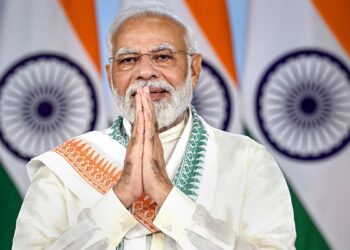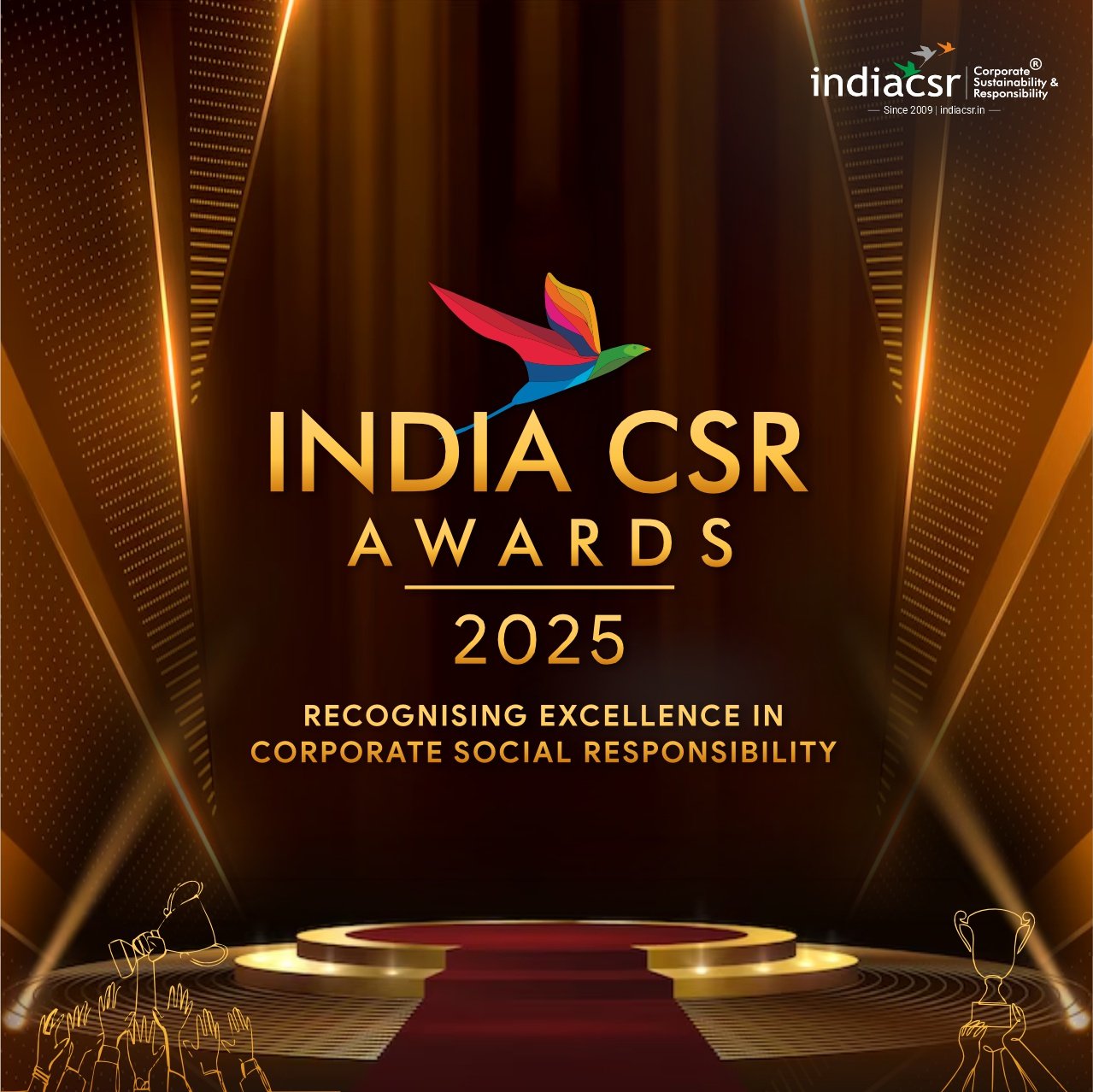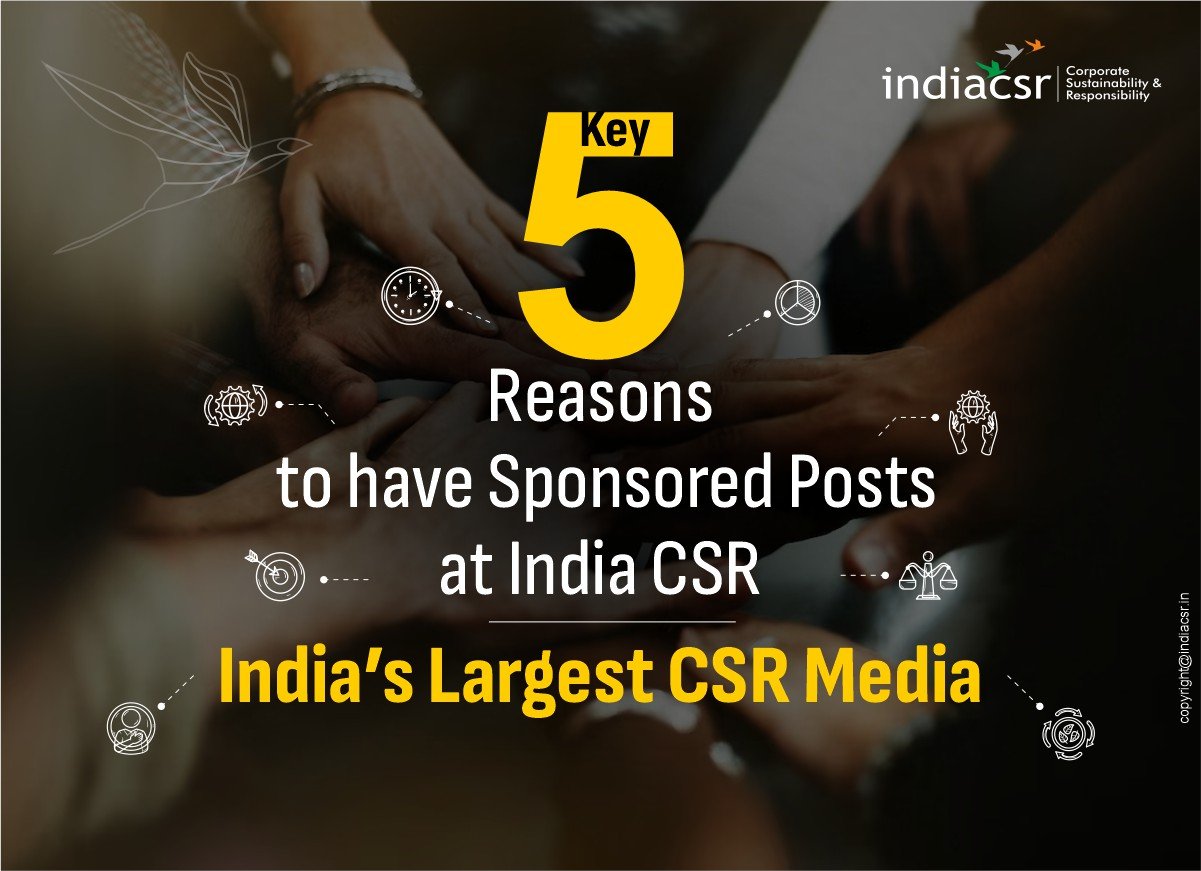Imagine this: you’re at the airport, suitcase packed, heart racing with excitement, ready to embark on an international journey. But the officer at the immigration counter says, “Where is your visa?” You fumble through your documents and proudly show your passport. He shakes his head. “That’s your identity. Now show me your permission.”
In the age of global mobility, two documents often come into focus when discussing international travel: the passport and the visa. While they are closely linked in the context of travel, they serve very different purposes. For Indian citizens, understanding the difference between a passport and a visa is essential before planning any international journey.
Welcome to the world of passports and visas—the two most important documents every international traveller from India must understand. Though they often go hand-in-hand, they are fundamentally different in purpose and function. In this creative exploration, we’ll decode what makes them different, why both are important, and how they operate in the Indian context.
***
The Passport: Your Global Identity Card
Think of a passport as your international identity card issued by your home country—in this case, India. It says, “This person is an Indian citizen, and we officially recognize them as such.”
What Does an Indian Passport Do?
An Indian passport allows you to:
- Travel outside India.
- Identify yourself as an Indian citizen anywhere in the world.
- Return to India from abroad.
It’s like your entry card into the world, but not necessarily into another country’s territory. That’s where the visa comes in.
Types of Indian Passports
India issues three main types of passports:
- Ordinary Passport (Blue cover) – for general citizens.
- Official Passport (White cover) – for individuals representing the Indian government on official business.
- Diplomatic Passport (Maroon cover) – for diplomats and top-ranking government officials.
What’s Inside the Passport?
Your passport is more than just a booklet. It contains:
- Your full name
- Photograph
- Date and place of birth
- Passport number
- Date of issue and expiry
- Details of immigration stamps and visas
This small blue book is your personal ambassador—it introduces you to the world.
***
If a passport is your identity, then a visa is your ticket of permission. It is granted by a foreign government and allows you to enter, stay, or transit through that country for a specific reason and period.
The Visa: The Permission Slip from Another Country
A visa says, “Yes, you’re welcome to visit our land, but only under certain conditions.”
Types of Visas for Indians
Depending on your purpose, you can apply for:
- Tourist Visa – for vacation or leisure
- Business Visa – for meetings, deals, or corporate work
- Student Visa – for pursuing education
- Work Visa – for employment
- Transit Visa – if you are passing through the country on your way to another destination
- Medical Visa – for treatment purposes
Each type of visa comes with its own rules, duration, and terms of stay.
Visa Formats
Visas can be:
- Stamped or affixed inside your passport
- Electronic (e-Visa) – where approval is granted online, and a printout is carried
In both cases, your passport must be valid and in good condition for the visa to be approved.
***
Issuing Authorities: Who Gives What?
Here’s where the difference in authority becomes clear:
| Document | Issued By |
|---|---|
| Passport | Ministry of External Affairs, Government of India |
| Visa | Embassy or Consulate of the destination country |
You apply for a passport through Passport Seva Kendra (PSK), and for a visa, you apply at the respective embassy, consulate, or visa application center.
In short: India gives you a passport, but another country decides whether to give you a visa.
***
Use Case: A Real-Life Analogy
Let’s say you are invited to a friend’s wedding in France.
- Your passport is like your national identity card. It tells the French government, “I am Indian.”
- Your visa is like your friend’s invitation card. It tells France, “You’re welcome to come for this event, under these rules.”
You need both—the passport to prove who you are, and the visa to be allowed in.
***
India’s Special Visa Privileges
India has bilateral and multilateral agreements with several countries, allowing Indian citizens:
- Visa-free travel to countries like Nepal, Bhutan, and Mauritius
- Visa on arrival in countries such as Maldives, Thailand, and Indonesia
- E-Visas for destinations like Sri Lanka, Turkey, Kenya, and UAE
However, countries like the USA, UK, Schengen nations, Canada, and Australia require Indian citizens to apply for visas in advance.
***
Validity and Duration: How Long Can You Stay?
| Feature | Passport | Visa |
|---|---|---|
| Validity Period | Usually 10 years (for adults) | Varies – from a few days to 10 years |
| Renewal | Required before expiry | Reapplication required after expiry |
| Entry Type | Not applicable | Single, double, or multiple entries |
While a passport is valid for many years, a visa is often time-bound and purpose-specific. Overstaying a visa can lead to penalties, blacklisting, or even arrest.
***
Common Myths and Misunderstandings
- Myth: “I have a passport, so I don’t need a visa.”
Truth: You still need a visa for most countries unless they specifically exempt Indian passport holders. - Myth: “Having a visa guarantees entry.”
Truth: The final decision rests with immigration officers at the border. - Myth: “All visas are the same.”
Truth: Each visa type has different rules, documents, and processing times.
***
Legal Importance and Responsibility
Both documents are government property and must be treated with care. Misusing them, forging documents, or lying in your application can lead to:
- Passport cancellation
- Visa rejection
- Deportation or legal prosecution
Always provide accurate information, renew your documents on time, and respect the visa rules of the countries you visit.
***
Why Both Matter: In Simple Words
- Your passport proves you are Indian.
- Your visa gives you permission to visit a specific country.
- One without the other is incomplete for international travel.
Together, they form your international travel license.
***
The Power of Two
In the grand scheme of global travel, your passport and visa are like two wings of the same bird. One gives you the identity to fly; the other gives you the direction and clearance to land.
For Indian citizens, especially in an increasingly connected world, knowing the difference between a passport and a visa is not just important—it’s essential. Whether you are dreaming of studying in Canada, exploring the streets of Paris, or attending a conference in Dubai, remember: the journey begins with these two documents.
So next time you pack your bags for a foreign land, ask yourself: Do I have both the keys to the world?
***
Table: Key Differences Between Passport and Visa in the Indian Context
| Aspect | Passport | Visa |
|---|---|---|
| Definition | A government-issued document certifying an Indian citizen’s identity and nationality for international travel. | A permission granted by a foreign country to enter, stay, or transit for a specific purpose and duration. |
| Issuing Authority | Ministry of External Affairs, Government of India (via Passport Seva Kendras or Regional Passport Offices). | Embassy, consulate, or immigration authority of the foreign country. |
| Purpose | Proves identity and nationality; required for international travel and visa applications. | Regulates entry, stay, or activities (e.g., tourism, work, study) in a foreign country.) |
| Types | Ordinary (Blue), Diplomatic (Maroon), Official (White), Emergency Certificates. | Tourist, Business, Student, Work, Transit, Medical, Schengen, etc. (varies by country). |
| Validity | 10 years for adults, 5 years for minors (renewable). | Varies by country and visa type (e.g., days, months, or years). |
| Requirement | Mandatory for Indian citizens traveling abroad (except Nepal/Bhutan in some cases). | Required by most countries; some allow visa-free or visa-on-arrival for Indians. |
| Application Process | Applied via Passport Seva Portal with document verification and police clearance in India. | Applied through foreign embassy/consulate or online (e.g., e-Visa), requiring a valid passport. |
| Location of Issue | Issued in India or at Indian embassies/consulates abroad for Indian citizens. | Issued by foreign authorities in India or abroad, per the country’s process. |


























